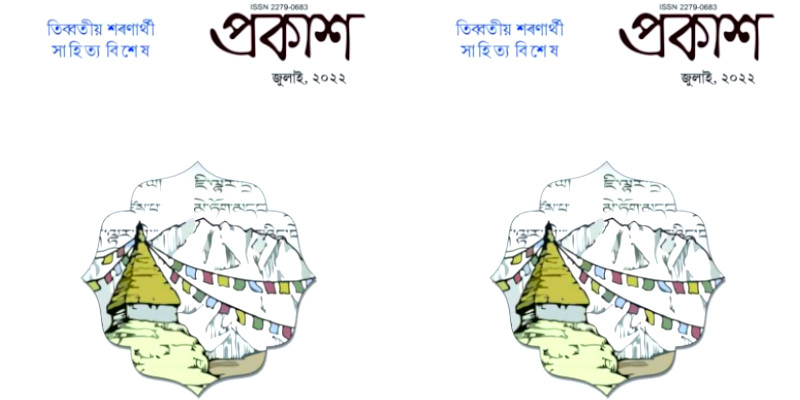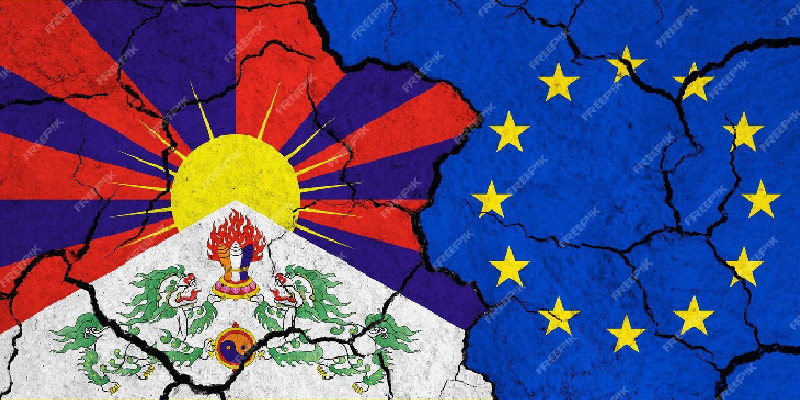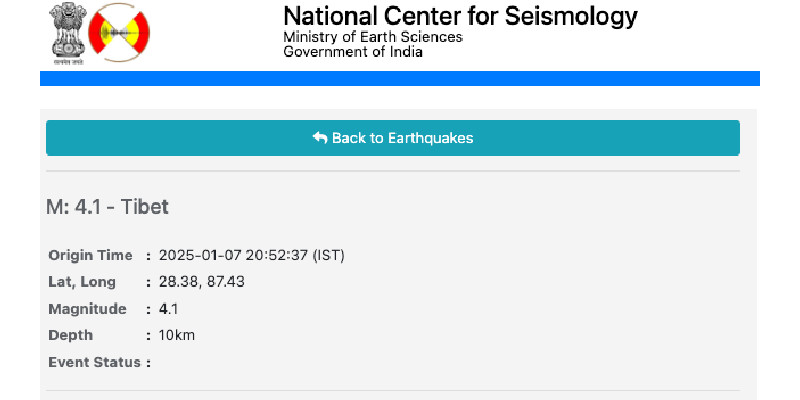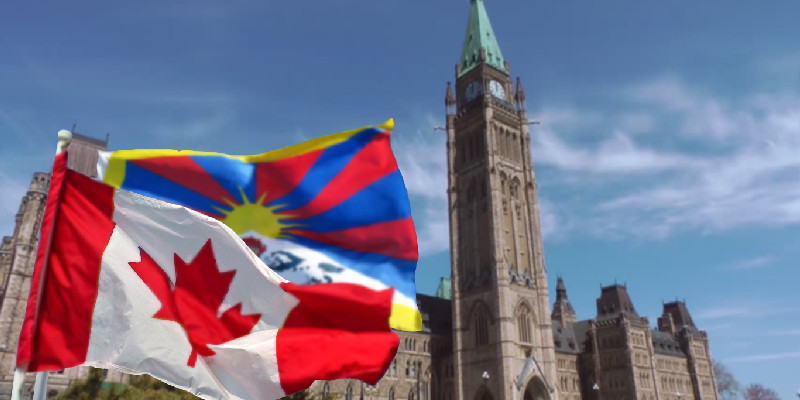Guwahati: Prakash, the acclaimed Assamese literary monthly magazine, has come with a special issue on Tibetan (refugee) literature and culture mesmerizing its vivid readers who otherwise had never experienced the literary taste of neighboring Tibet (pronounced as Tibbat in Assamese), which has been occupied by the Chinese Communist regime in Beijing for decades.
Published by Pramod Kalita, secretary of Publication Board Assam, a literary institution-established and run by Assam government since 2 May 1958 at Bamunimaidan in the city, the impressive July 2022 issue of Prakash (literary meaning light, expression, manifestation, etc) comprises a number of Tibetan literary pieces which are translated into Assamese by a group of dedicated writers, a unique initiative ever seen in any Indian regional literary magazine.
Literary piece authored by acclaimed Tibetan writer Tenzin Chundu, which has been translated by popular Assamese writer & film critic Utpal Dutta, an interview with Tibetan literary scholar Robert Barnet (translated by Vivekananda Choudhury) and an article on the Tibetan literary criticism by Tenzin Dicki, a seasoned Tibetan creative writer & translator (translated by Jintu Geetartha), etc attracted the reader’s attention.
Moreover, a literary essay on contemporary Tibtan literature written by Priyanka D’Roserio and Dr Shunil Kr Mishra (translated by Dr Deepshikha Bhagawati), a Tibetan story penned by Pema Bhum, a well known Tibetan author based in USA (translated by Juri Dutta) and a number of selected Tibetan poems (translated by Dr Dikshita Bhuyan, Dr Simi Barman and Geet Baibhavi) also enriched the July issue of Prakash.
Editor Mihir Deuri, while speaking to this correspondent, narrated that the Tibetan literature has been referred to literature written in the Tibetan language or arising out of Tibetan folk culture. Moreover, the same term also applies to a literary work by an ethnic Tibetan. The current issue has highlighted the Tibetan literature and culture along with its society and politics which he hopes to provide the readers a fair idea about Tibet and its treasured literature.
Tibetan was once recognised as a trans-regional literary language which spread from Tibet to Mongolia, Russia, Bhutan, Nepal, Pakistan and India. After the sovereign land, located in the Himalayas housing the world’s highest glacier clad peak Mt Everest and many Asian rivers including Brahmaputra (the lifeline of Assam), was gradually occupied by the Chinese administration since 1949, the days of doom began for Tibetan literature and its culture, which is strongly influenced by Tibetan Buddhism.
The 14th Dalai Lama, Tibet’s highest spiritual leader, who along with his aides escaped the Chinese persecution reaching Arunachal Pradesh in 1959, still sticks to the demand of a genuine autonomy so that Tibetan literature and culture can be preserved, even though the Nobel peace laureate morally agreed to accept China as their country. From his exile seat at Dharamshala in Himachal Pradesh, the most influential Tibetan leader has repeatedly asked the Beijing administration to ensure that Tibetan literature and culture would not be harmed.
According to history, the Tibetan capital city of Lhasa continued to be an autonomous region till 1951, but slowly the entire country was grabbed by the Han Chinese and annexed it into the People’s Republic of China. Modern Tibetan literature is often influenced by Chinese and Indian literature. Needless to mention that, the first Tibetan writer’s national conference was hosted by India in 1995, where a number of freedom aspiring Tibetan English authors assembled.







Leave a Reply